Nott's disease (Trigger finger)
Nott's Disease (Trigger Finger) is a condition in which the finger remains flexed for a long time and makes a characteristic clicking sound when straightened.
The condition is named after surgeon Frederick Nott, who first described this condition in detail in the early 20th century.

specialists

equipment

treatment
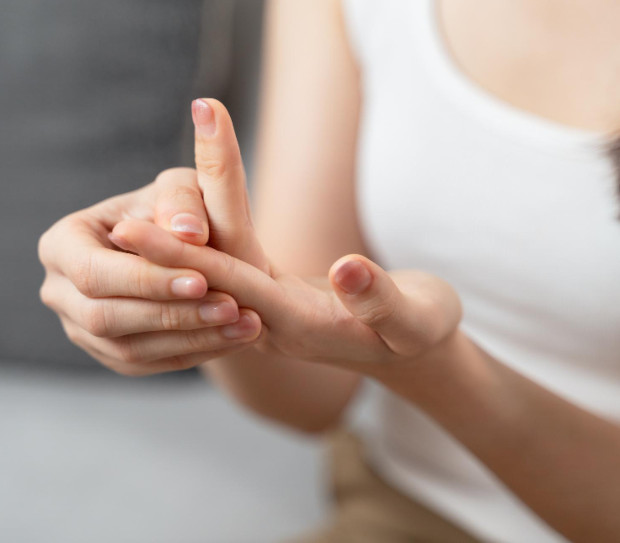
Causes and risk factors
The main causes of Nott's disease are:
- Repetitive strain on the hand: The disease primarily affects adults whose work involves repetitive hand movements (seamstresses, drivers, musicians, construction workers).
- Wrist injuries: bruises, sprains, or microtraumas can trigger inflammation of the ligaments and tendons.
- Inflammatory diseases: rheumatoid arthritis, tendinitis, and synovitis, which disrupt tissue structure, increase the risk of the disease.
- Diabetes mellitus: This endocrine disorder impairs the nutrition of connective tissues, making them less elastic and more vulnerable.
- Hormonal and age-related changes: The disease is most common among people over 40, especially in women during menopause.
- Genetic predisposition: A tendency toward connective tissue disorders can be inherited.
Doctors believe the main cause of Nott's disease, or stenosing ligamentitis, is prolonged work-related stress on the hand. Repetitive movements and constant tendon strain lead to impaired blood flow: blood vessels are compressed, arterial blood flow is reduced, and venous outflow is slowed. This leads to swelling and inflammation. Lymphatic congestion can also contribute to the disease's development, causing fluid to accumulate in the tissues, increasing pressure in the tendon sheath, and increasing friction. All of this gradually impairs tendon glide and leads to finger "locking."

Symptoms of Nott's disease
Nott's disease develops gradually and may not cause significant discomfort in the early stages. As it progresses, specific symptoms appear, indicating the need to seek medical attention:
- A characteristic clicking sound when moving the finger
- Difficulty extending the finger: the finger may remain bent and extend only with effort.
- Pain at the base of the finger, especially with pressure or vigorous movement.
- A feeling of stiffness in the morning.
- A palpable lump in the area of the affected ligament.
- Inflammation and swelling at the base of the finger.
At first, symptoms occur sporadically, but without prompt treatment, they become persistent. Without treatment, the disease can progress and lead to a situation where, even with great effort, the bent finger cannot be returned to its normal position.

Stages of Nott's disease:
- Initial stage: The person experiences only mild discomfort in the palm, especially when pressing on the base of the affected finger. Also in the initial stage, slight pain occurs when flexing or extending the phalanx. Symptoms are most pronounced in the morning and may subside during the day. Full range of motion is still retained, but episodes of the finger "getting stuck" in a bent position occur.
- Active stage: Clicking sounds become regular and noticeable. The finger may remain bent or straightened for a long time, then suddenly "jump" with a characteristic sound. These clicks are often followed by lingering pain. A lump in the tendon sheath becomes noticeable to the touch and painful. Significant discomfort begins to arise both in professional activities and at home.
- Advanced stage: Without timely treatment, a persistent contracture develops, in which the finger becomes fixed in a bent position. To straighten it, the other hand must be used. The pain becomes constant and can radiate from the hand to the forearm and shoulder. At this stage, clicking may disappear, as movement becomes impossible. Restoring mobility without surgery is extremely difficult.
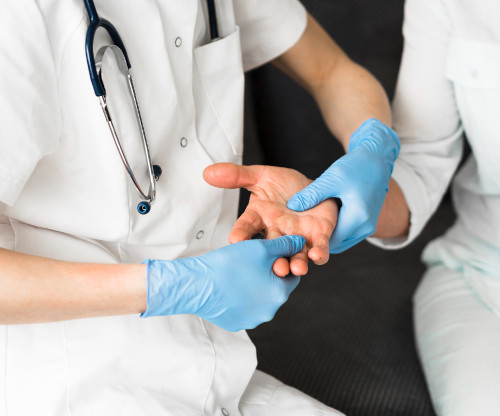
Diagnosis of stenosing tenosynovitis
A diagnosis of stenosing ligamentitis is made by an orthopedist or traumatologist based on characteristic complaints and an examination. In most cases, no further testing is required.
Diagnostic stages:
- Clinical examination: The doctor evaluates the finger's mobility, the presence of clicking sounds when flexing and extending, and tenderness in the tendon sheath area. Particular attention is paid to the base of the finger, where a dense lump is often detected.
- Motor function assessment: The patient is asked to flex and extend the finger. If the finger begins to click, the doctor can easily determine the degree of stenosis and limitation of mobility.
- Soft tissue ultrasound: This is indicated when it is necessary to clarify the degree of inflammation, thickening of the tendons, or to rule out other pathologies (such as cysts or tumors). The examination helps visualize areas of narrowing and inflammation.
- X-rays: usually not required, as there are no bone changes in Nott's disease. The examination is performed only if concomitant injuries or arthrosis are suspected.
In most cases, the doctor can establish a diagnosis and prescribe treatment for the patient during the first visit.
Treatment methods
Conservative treatment
Conservative treatment for Nott's disease is prescribed in the early stages, when finger mobility is still preserved. It is important to relieve inflammation, reduce pain, and prevent deterioration in mobility.
The main methods of conservative therapy are:
- Anti-inflammatory medications (NSAIDs) in the form of tablets, ointments, or gels to reduce swelling and pain.
- Glucocorticosteroid injections: Local administration of hormonal drugs reduces inflammation in the narrow tendon channel. The effect can last for several months.
- Physiotherapy: Ultrasound, magnetic therapy, and paraffin therapy improve circulation and reduce inflammation in the ligament area.
- Immobilization: A brace or splint holds the finger in a straight position and relieves stress.
- Massage and therapeutic exercises: Performed as recommended by a doctor after the inflammation has subsided to restore mobility and muscle tone.
Surgical treatment
Surgical treatment of Nott's disease is performed when conservative therapy fails and finger movement becomes increasingly limited or completely blocked. This is the primary method for eliminating the problem in the advanced stages of the disease.
It is important not to delay intervention, as prolonged tendon compression can lead to damage.
Surgery for Nott's disease is not performed if the patient has acute infections, exacerbation of chronic diseases (such as heart or kidney failure), blood clotting problems, or an allergy to anesthetics. Surgery is also temporarily postponed in cases of colds, viruses, and unstable diabetes. Before surgery, the doctor will conduct a thorough examination to rule out risks and determine a safe treatment plan.
FAQ
What is Nott's disease and how serious is it?
Nott's disease (also known as trigger finger) is an inflammation and thickening of the tendon or its sheath, causing the finger to "snap" or stick when flexing or extending. The condition is not life-threatening, but it causes pain and limited motion.
Is surgery necessary?
No, in the early stages, conservative treatment—physical therapy, pain medications, and temporary immobilization—is helpful. Surgery is recommended if other treatments are ineffective.
What happens if surgery is not performed promptly?
If surgery for Nott's disease is not performed promptly, the pathological process will progress. In the area of the annular ligaments of the hand, where the disease most often develops, the space begins to become stenotic, and the tendons thicken. In the early stages, the finger "locks" when moving, but later completely loses mobility. Without treatment, a persistent contracture develops—the finger remains bent and cannot be straightened even with the help of the other hand. This significantly impairs hand function and reduces quality of life.
How long does recovery take after surgery?
Rehabilitation takes 1 to 3 weeks. Full mobility returns quickly, especially if you follow your doctor's recommendations.
Is there a risk of recurrence?
Recurrence is unlikely after surgical treatment. With conservative therapy, the disease may return, especially if risk factors are not addressed.
Is it possible to treat the disease at home?
Self-medication is not recommended. Only a doctor can assess the stage of the disease and prescribe the appropriate treatment.
How much does treatment for Nott's disease cost?
The cost depends primarily on the treatment method used—conservative or surgical. To find out the specific cost for your case, schedule a consultation with a doctor.

This award is given to clinics with the highest ratings according to user ratings, a large number of requests from this site, and in the absence of critical violations.

This award is given to clinics with the highest ratings according to user ratings. It means that the place is known, loved, and definitely worth visiting.

The ProDoctors portal collected 500 thousand reviews, compiled a rating of doctors based on them and awarded the best. We are proud that our doctors are among those awarded.
Make an appointment at a convenient time on the nearest date
Price
Other services

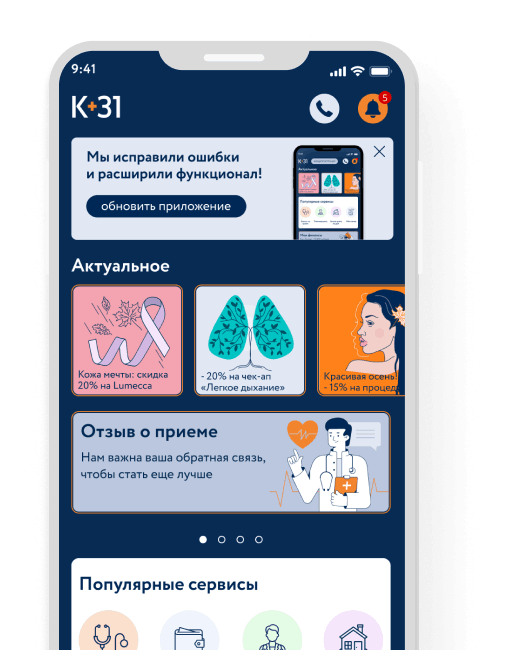
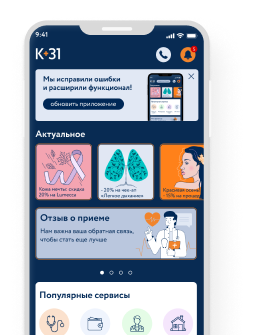



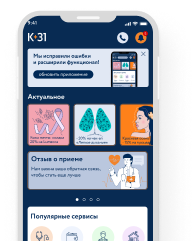
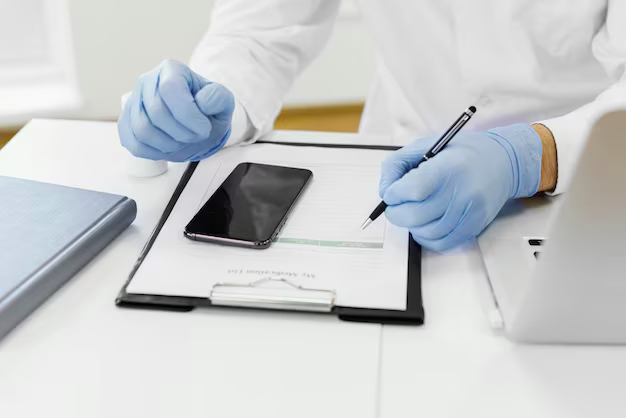


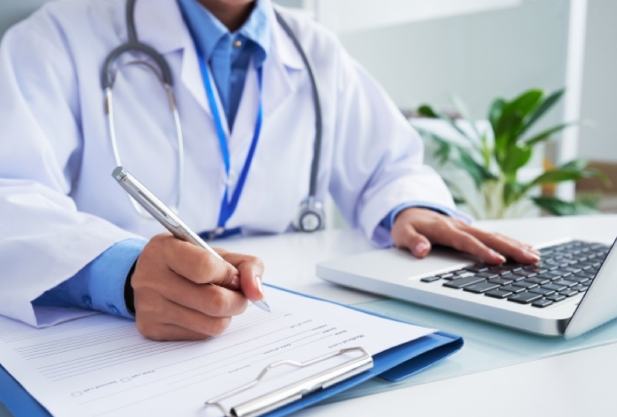
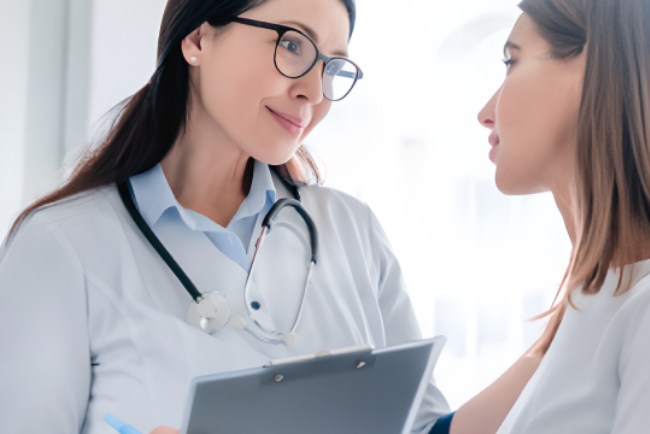
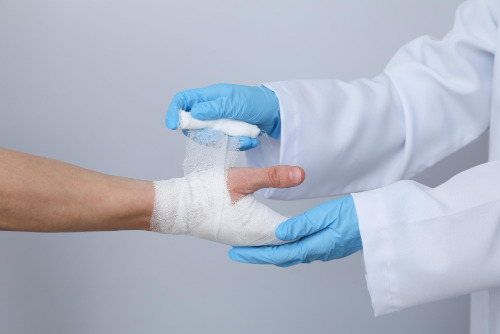
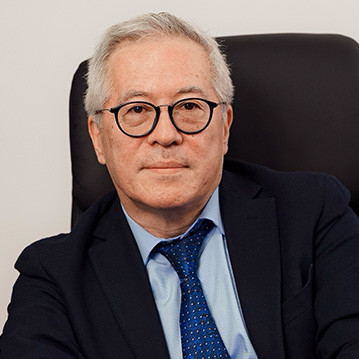

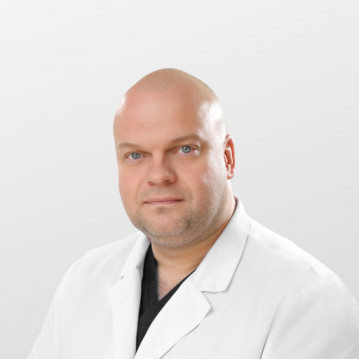
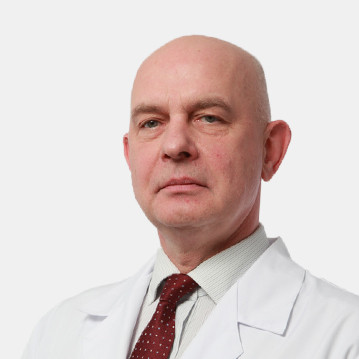
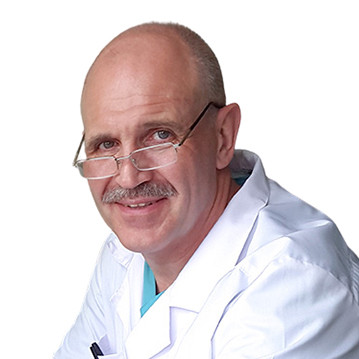
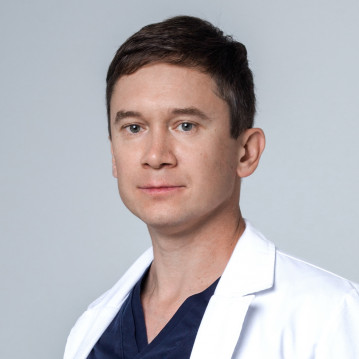
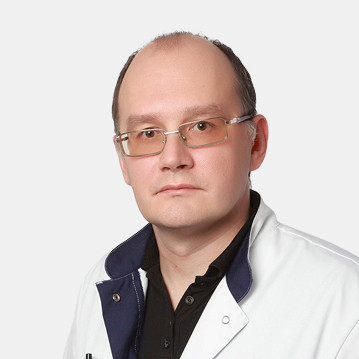
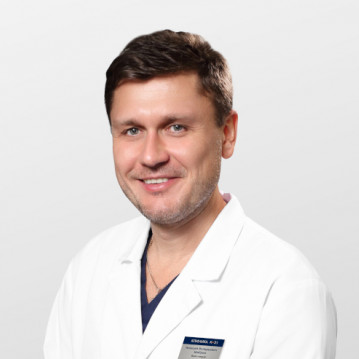

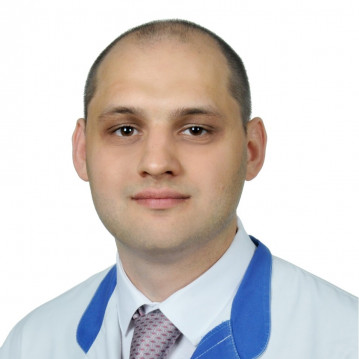
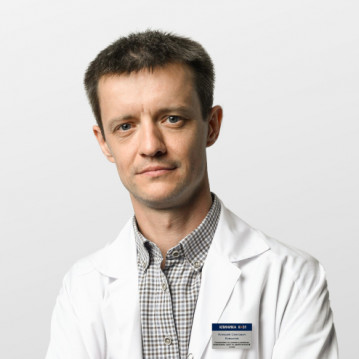
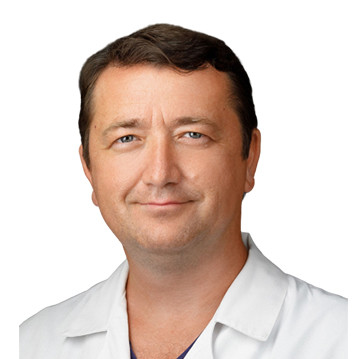
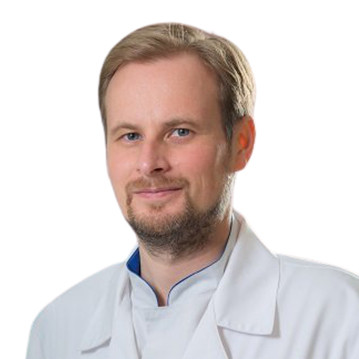
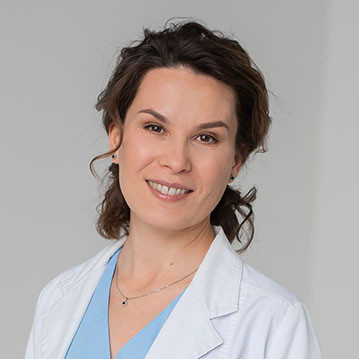
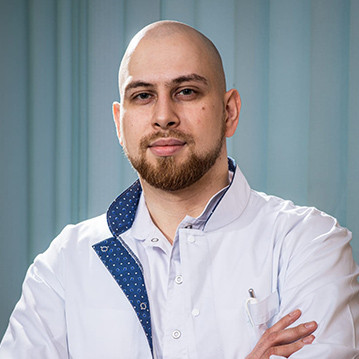
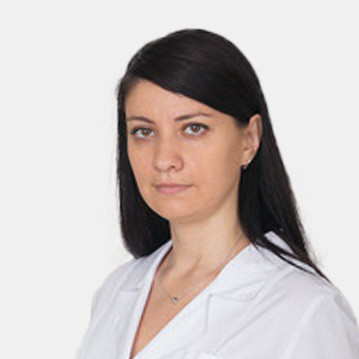
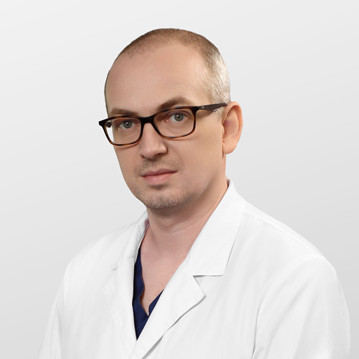
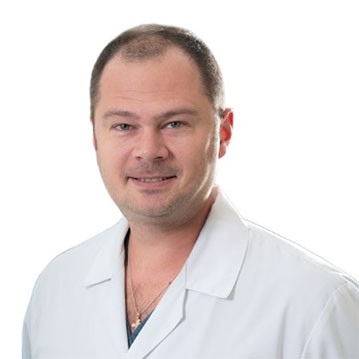
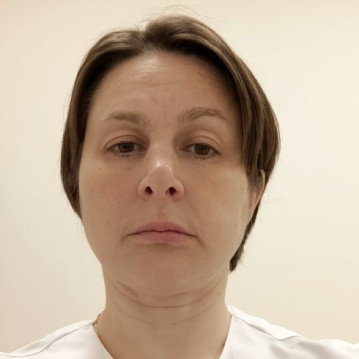
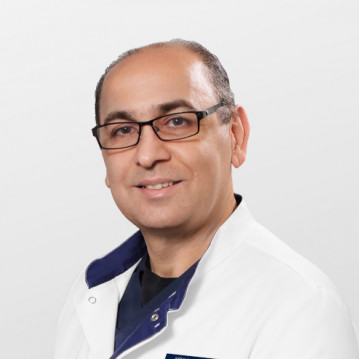


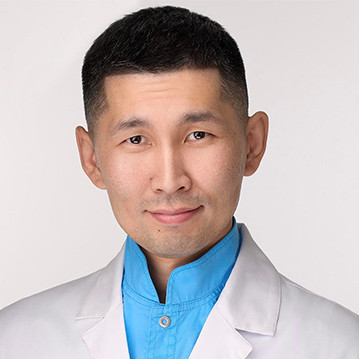

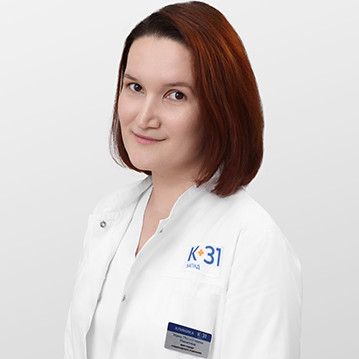


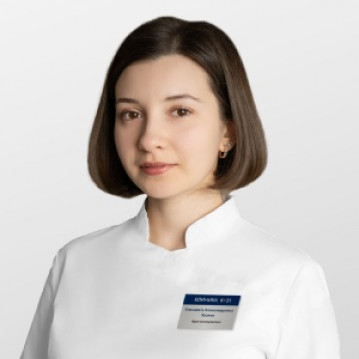

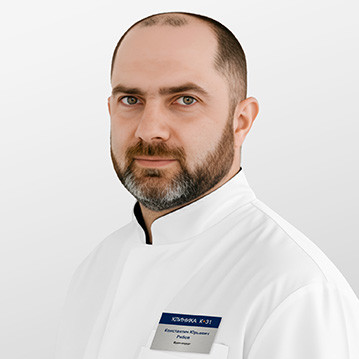
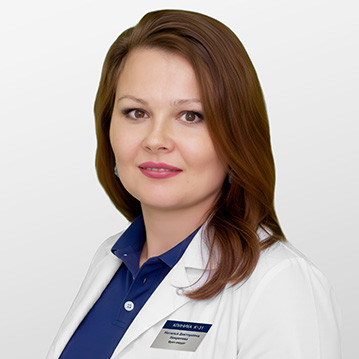
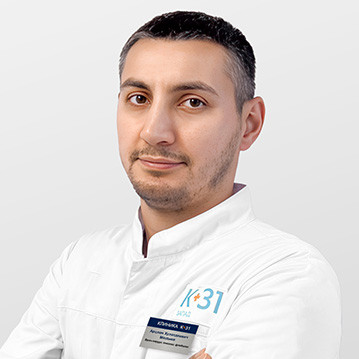
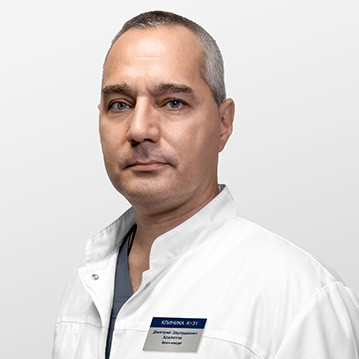

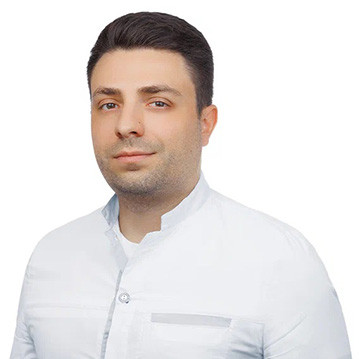
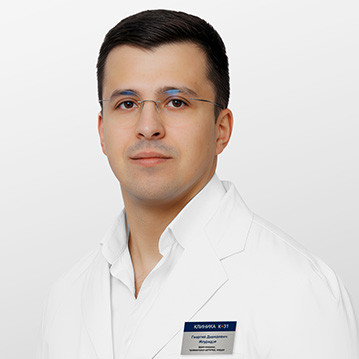



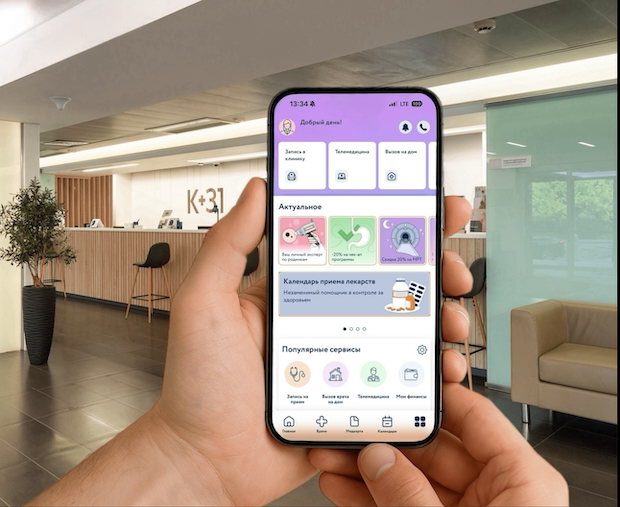
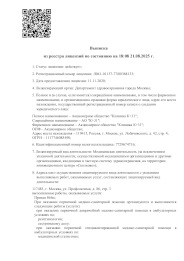

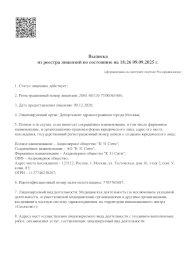
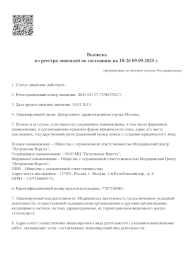

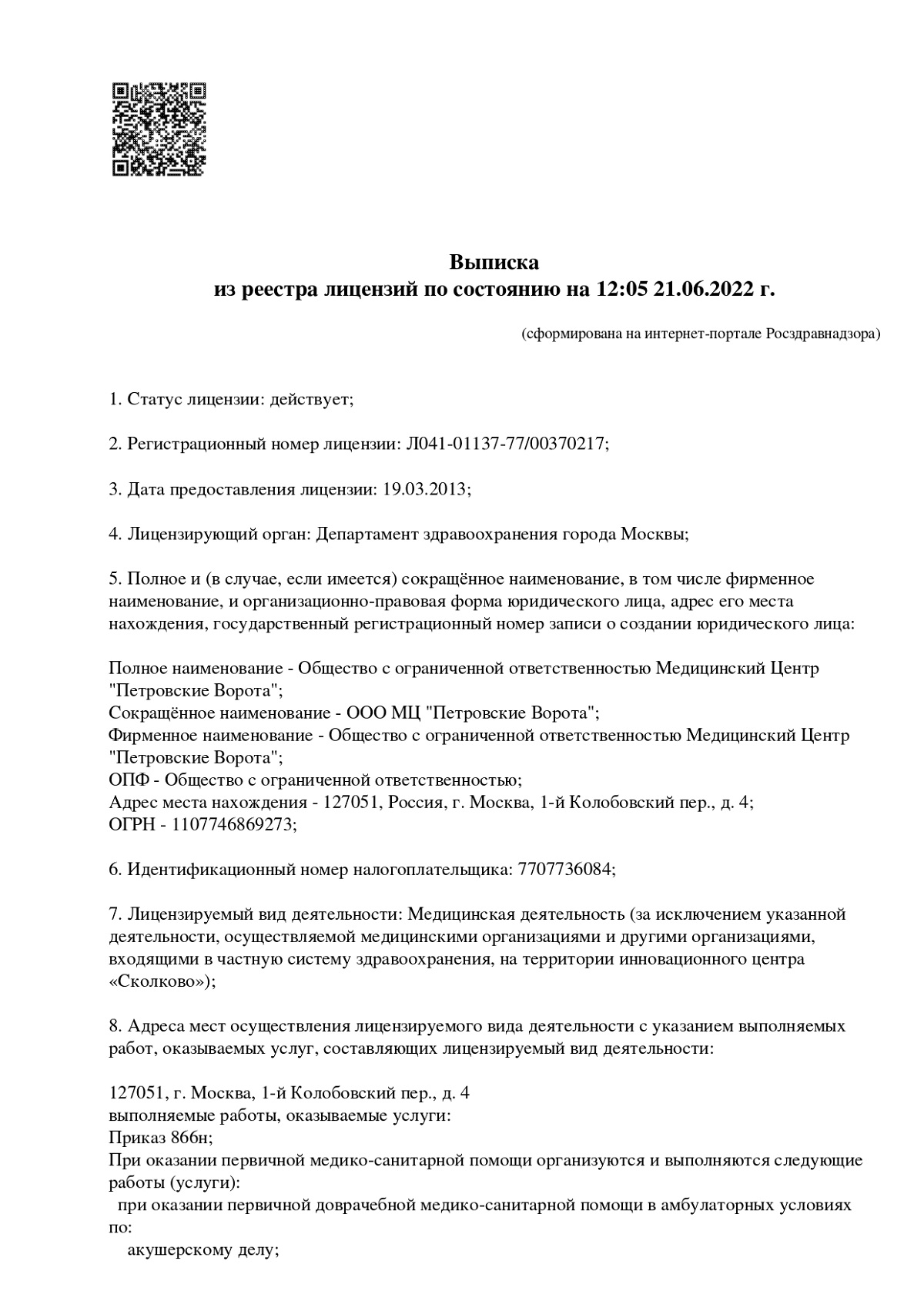
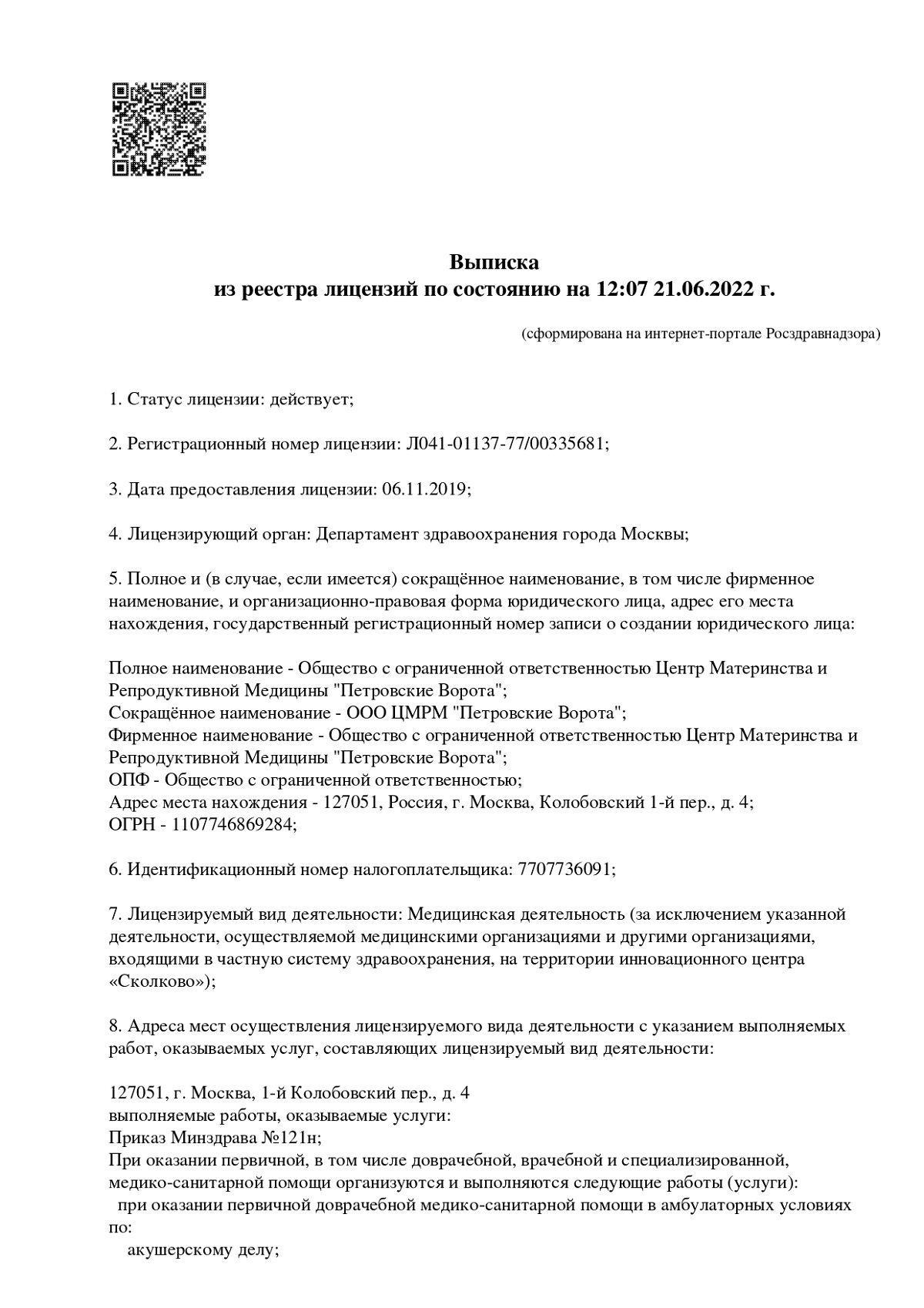
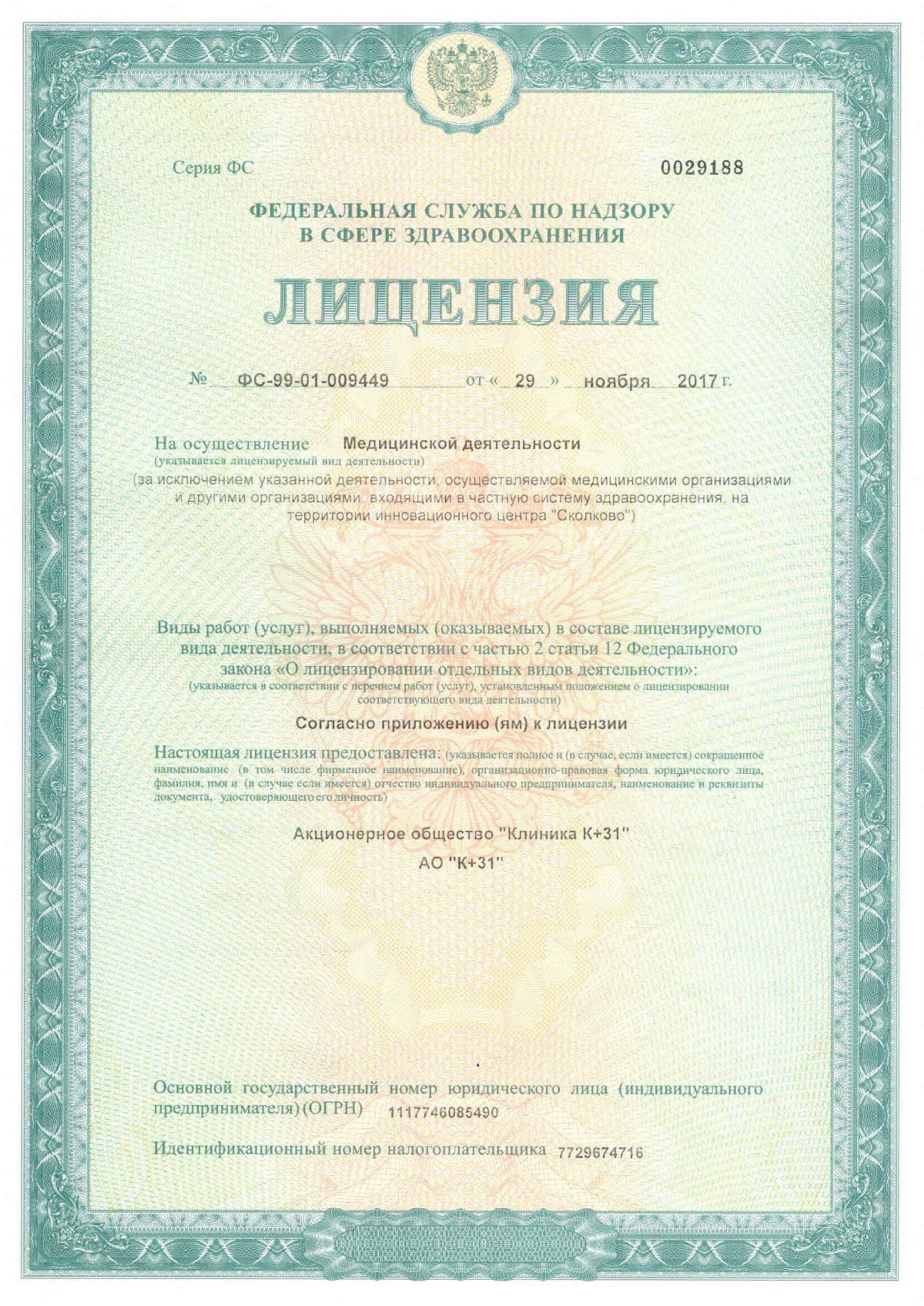
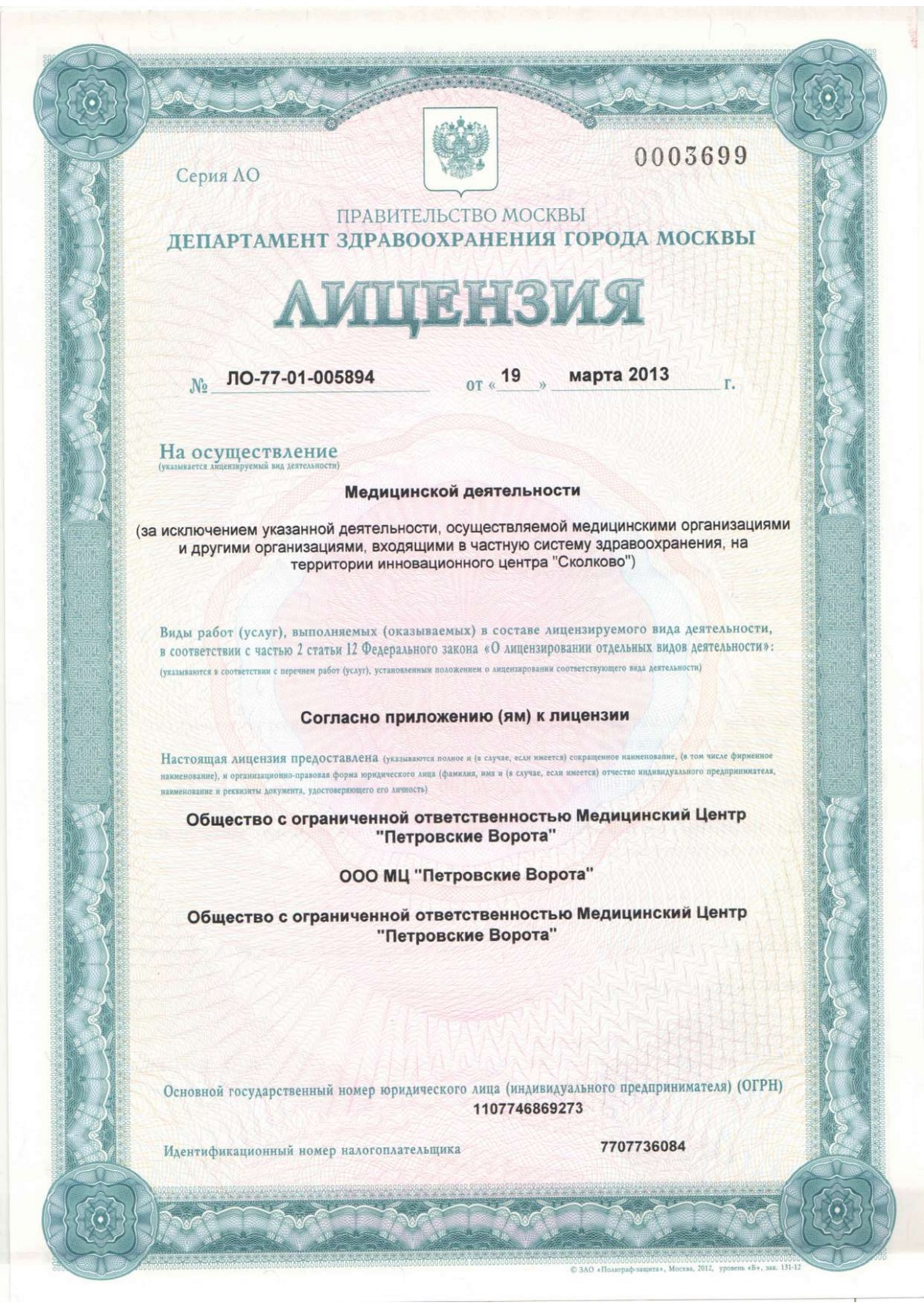

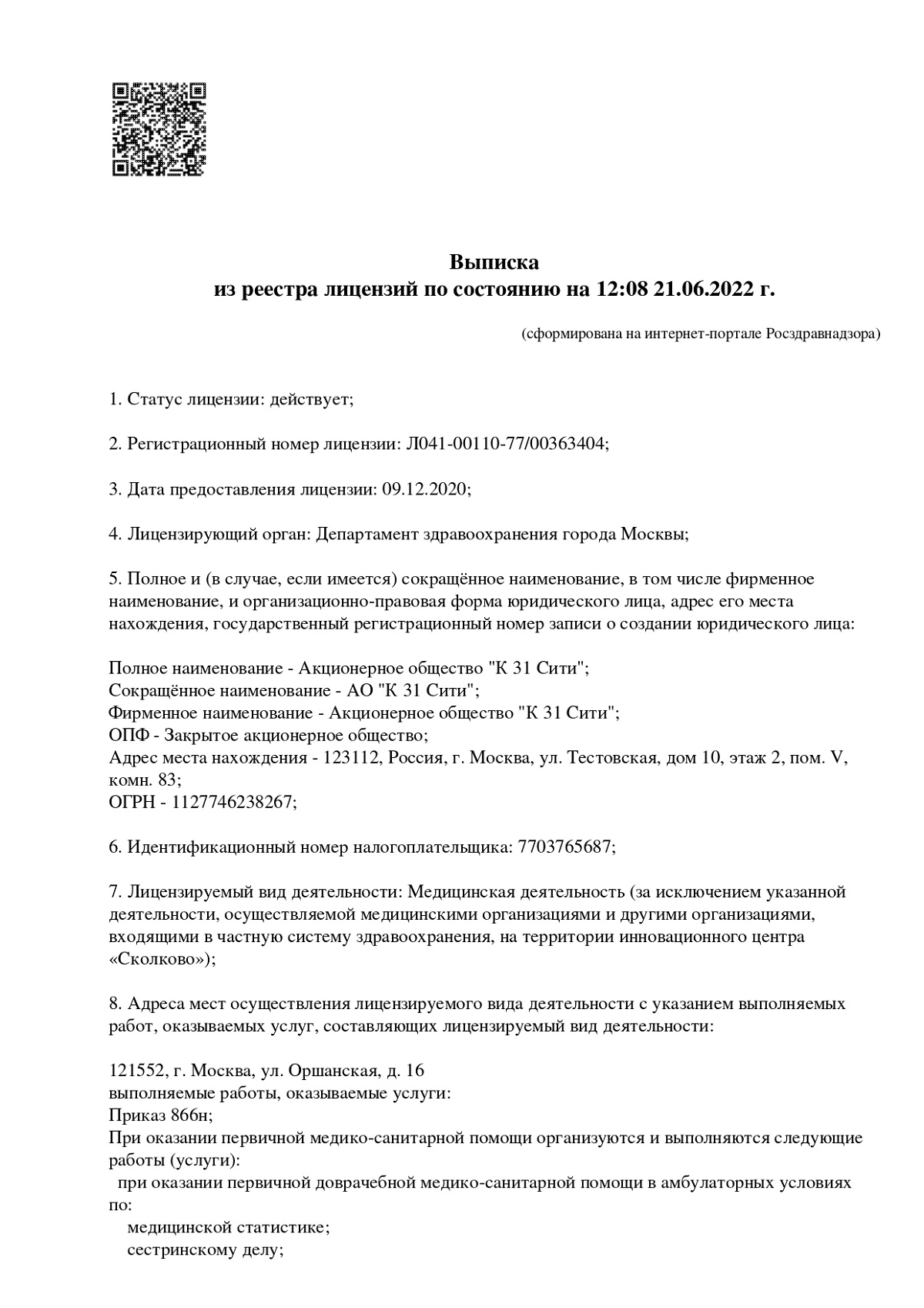
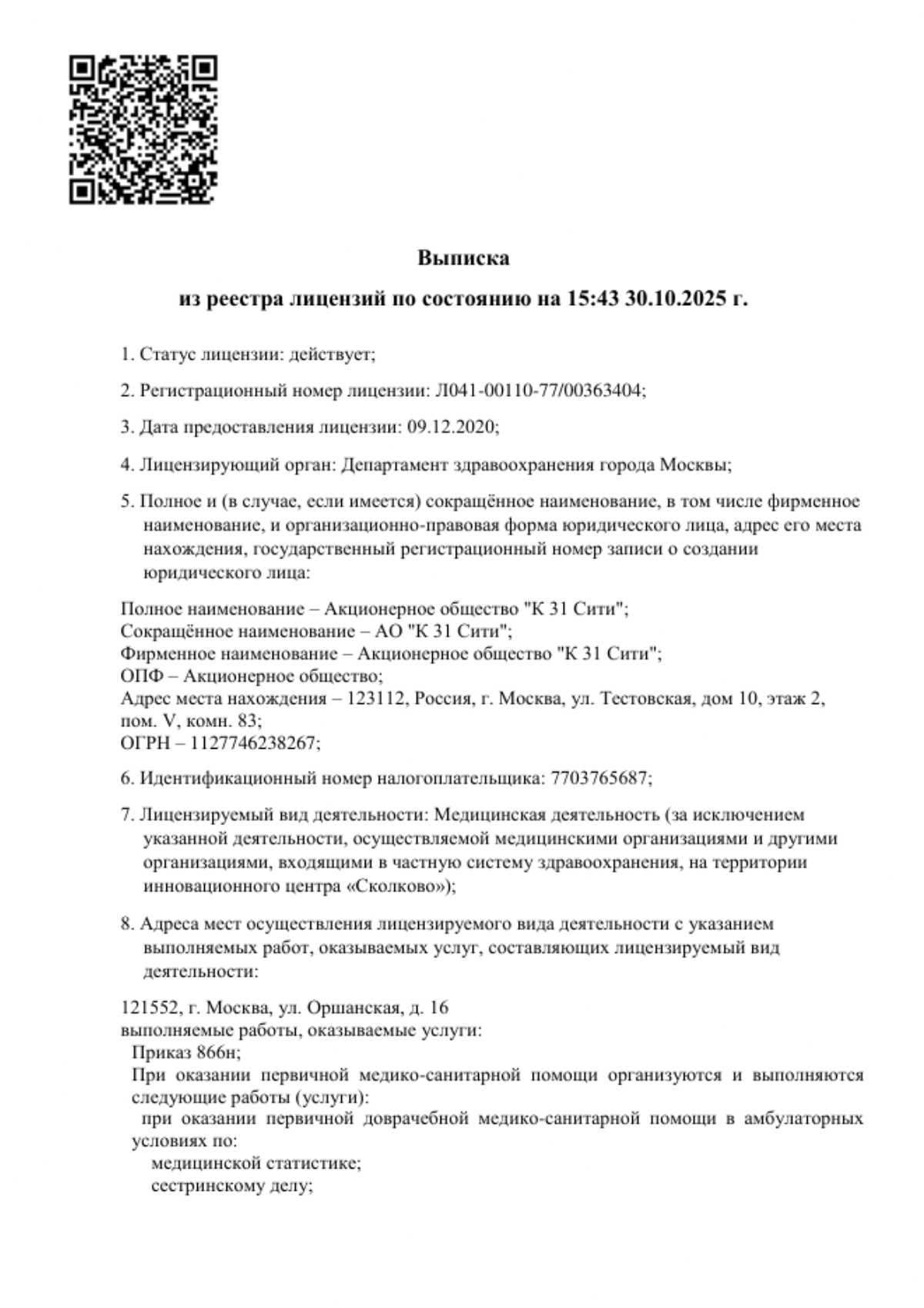
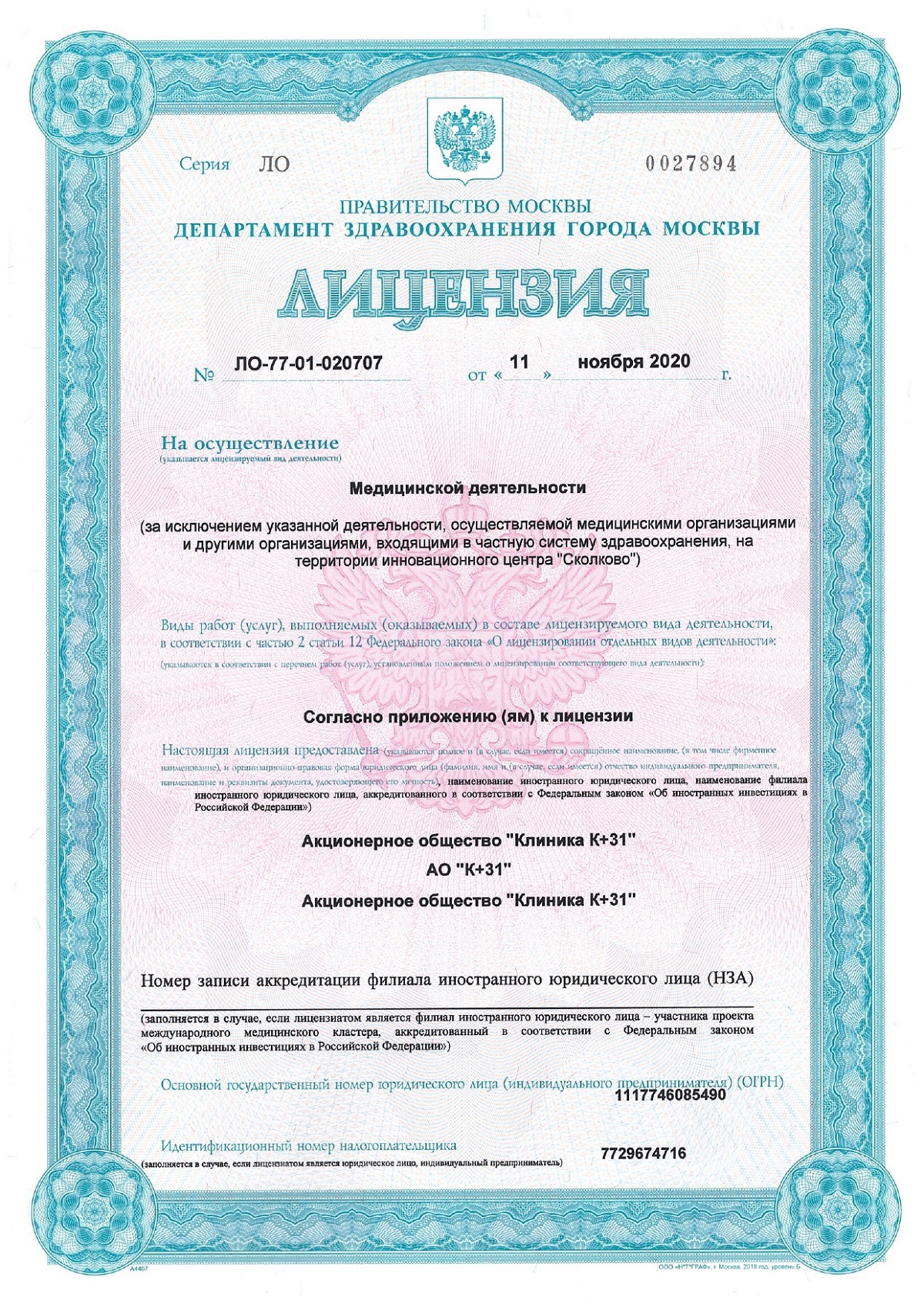

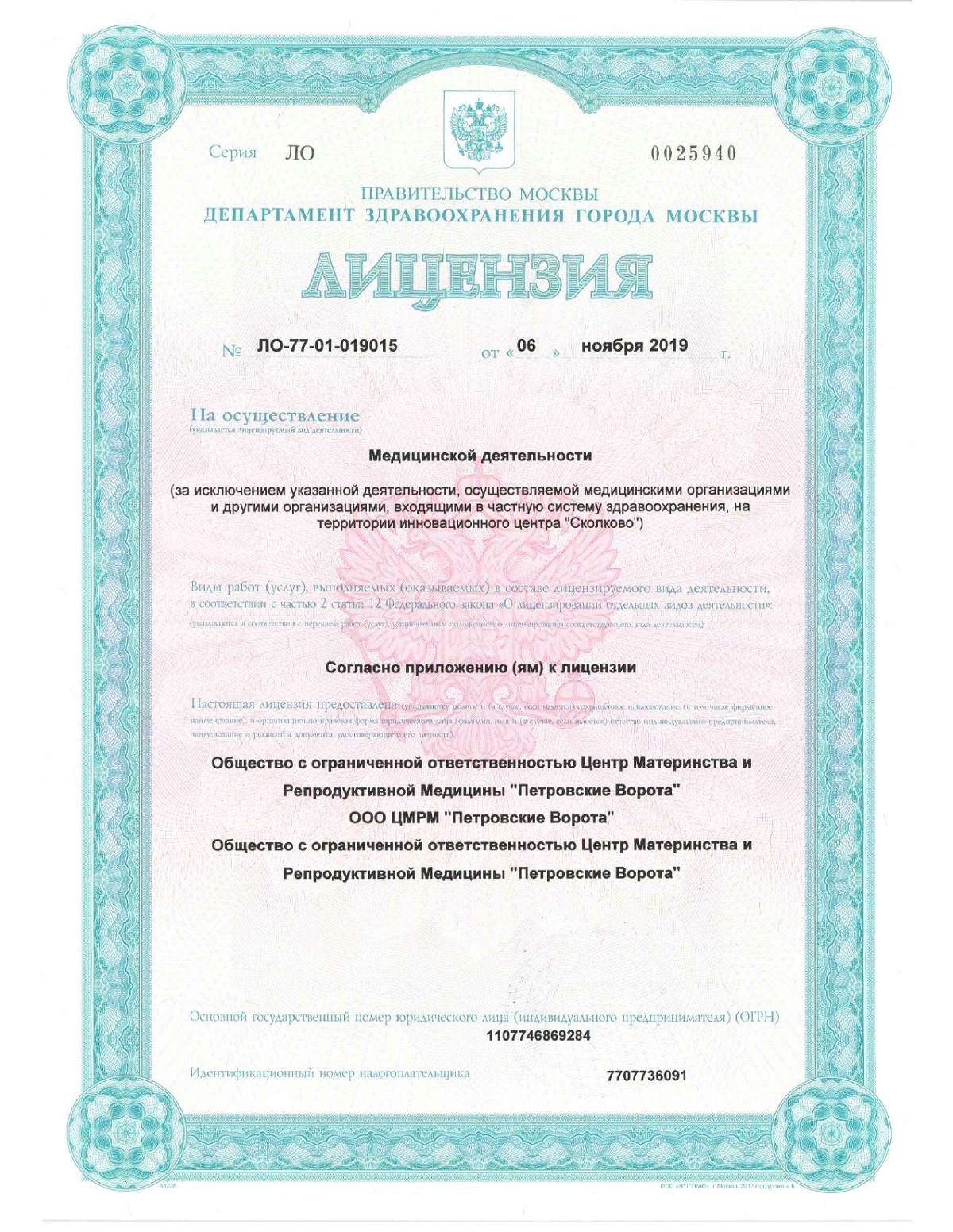




What is Nott's disease?
In Nott's disease (stenosing ligamentitis), the free glide of the flexor tendons in the annular ligament is impaired. Normally, the tendon moves smoothly within the canal, but in Nott's disease, thickening or inflammation occurs in this area. As a result, movement becomes painful and difficult.
Nott's disease is a benign but progressive condition. It most often affects the thumb, ring finger, or middle finger and can occur on one or both hands. The condition limits hand function, causes pain, and in advanced cases can lead to complete immobility.